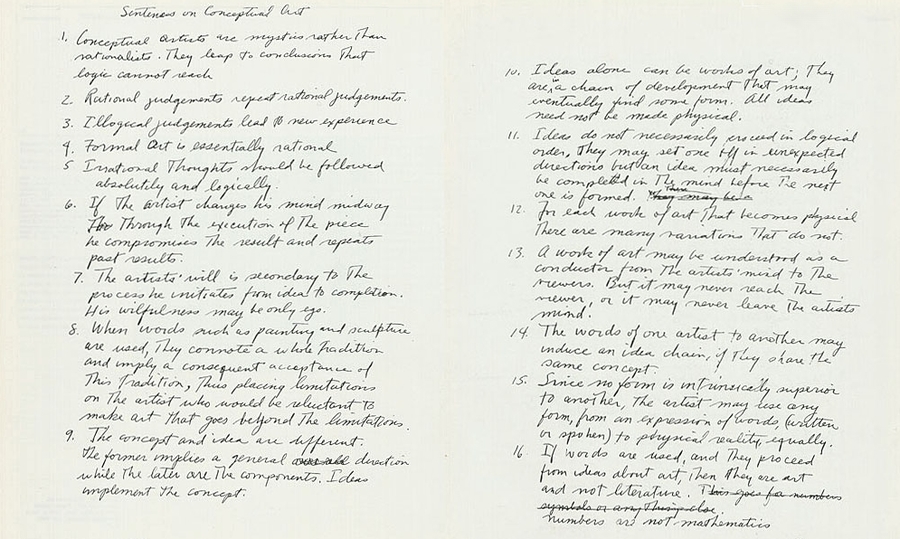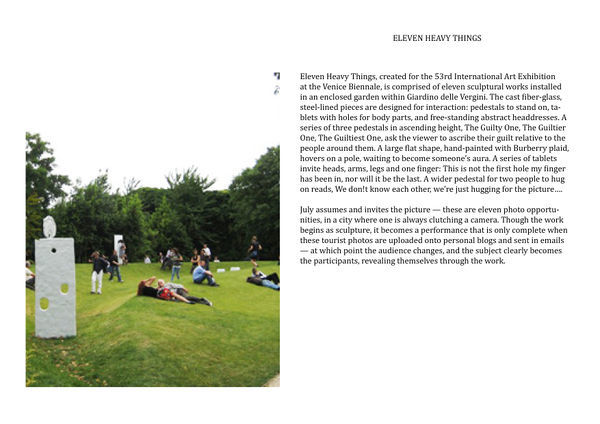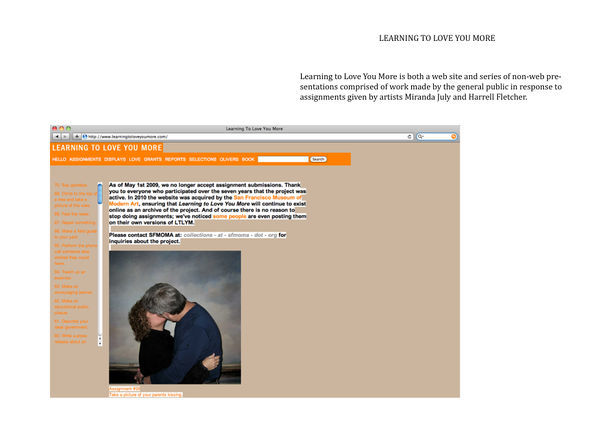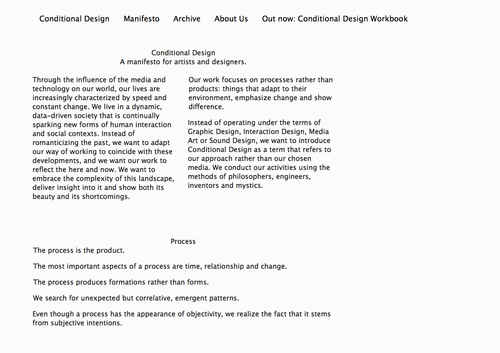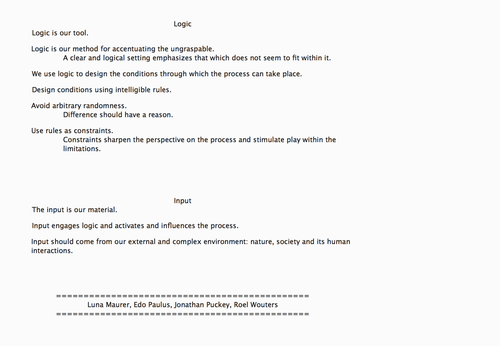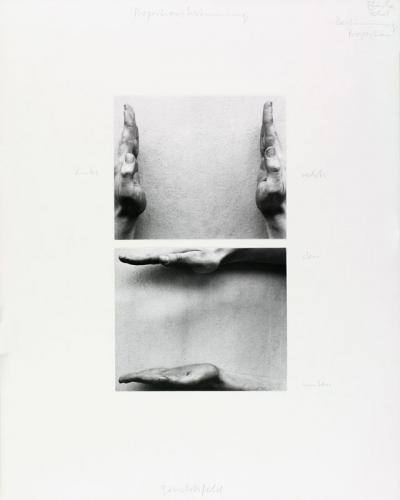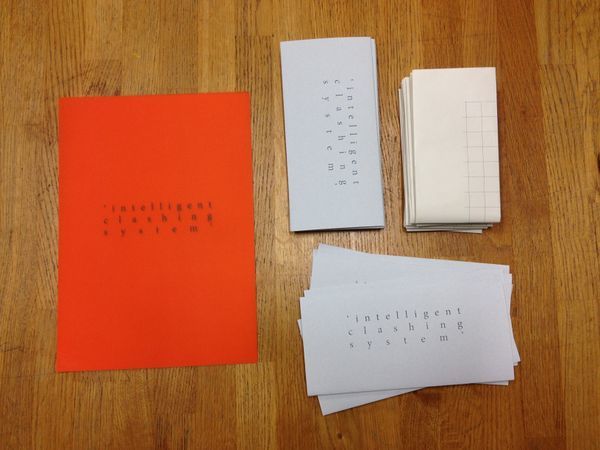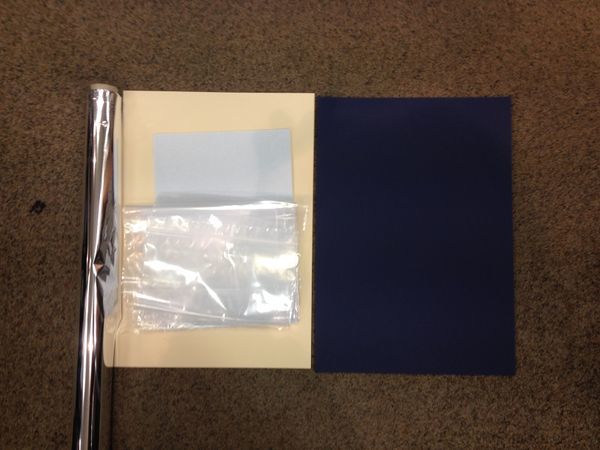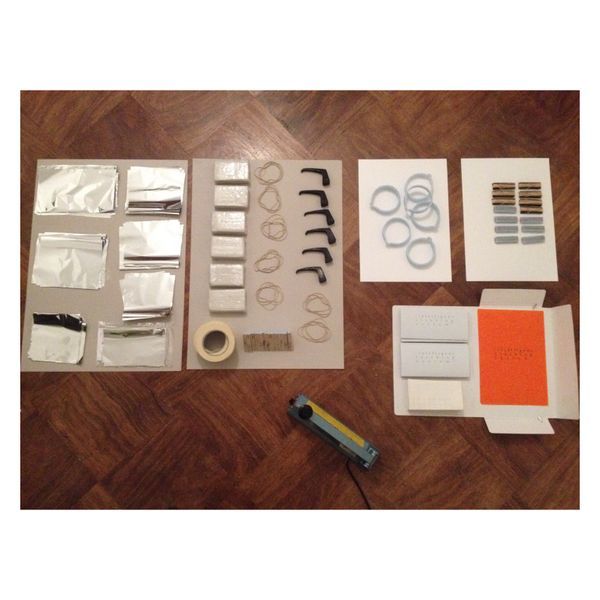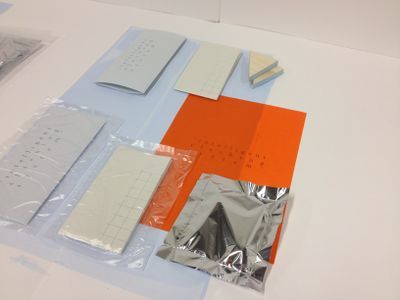Difference between revisions of "PROJECT Q2 / TOOLS OF THE TRADE"
Sjdegenaar (talk | contribs) |
Sjdegenaar (talk | contribs) |
||
| (13 intermediate revisions by the same user not shown) | |||
| Line 10: | Line 10: | ||
If the artist carries through his idea and makes it into visible form, then all the steps in the process are of importance. The idea itself, even if not made visual, is as much a work of art as any finished product. All intervening steps –scribbles, sketches, drawings, failed works, models, studies, thoughts, conversations– are of interest. Those that show the thought process of the artist are sometimes more interesting than the final product. | If the artist carries through his idea and makes it into visible form, then all the steps in the process are of importance. The idea itself, even if not made visual, is as much a work of art as any finished product. All intervening steps –scribbles, sketches, drawings, failed works, models, studies, thoughts, conversations– are of interest. Those that show the thought process of the artist are sometimes more interesting than the final product. | ||
| + | |||
| + | |||
| + | |||
| + | ''FIRST CONCEPT / TEXT'' | ||
| + | |||
| + | Dagelijkse gebruiksvoorwerpen zijn vaak expressieloze voorwerpen. Deze voorwerpen hebben meestal 1 doel en zijn zo gemaakt dat ze gebruiksvriendelijk zijn voor iedereen. | ||
| + | Gebruiksvoorwerpen hebben een mens nodig om, die het voorwerp gebruikt, om het voorwerp een functie te geven. Een menselijke eigenschap is om zich aan iets te hechten. Zo dus ook aan alledaagse gebruiksvoorwerpen. dit geeft een voorwerp een expressie, een waarde. | ||
| + | |||
| + | Ik wil een alternatief bieden voor gebruiksvoorwerpen en deze aantrekkelijker maken, niet alleen esthetisch maar ook qua functie; ontwerpen om het bestaande te verbeteren en persoonlijker te maken zodat ze beter toe te passen zijn in het nu. | ||
| + | Hiermee bekritiseer je de bestaande structuur en de beperktheid van elektronische aparaten; vaak aparaten zonder enige emotionele toevoegingen. | ||
| + | Door elementen handmatig aan een basisvorm toe te voegen wil ik apparaten emotionele waarde geven. Zo laat je een gebruiksvoorwerp, een basisvorm, persoonlijk evolueren. | ||
| + | |||
| + | |||
| + | Door een verband aan te gaan met de onderdelen word iets persoonlijker; je maakt het zelf, zet het in elkaar, produceert en herproduceert het totdat je ervan kan maken wat je wil. | ||
| + | De beperktheid van objecten bekritiseren / | ||
| + | Expressie toevoegen, eigen hand en fantasie, toevoegen aan een basisvorm | ||
| + | Een object in verschillende vormen, persoonlijke vormen, laten evolueren | ||
| + | |||
| + | Perfectie heeft geleid tot koude, affe producten. Ambachtelijke sporen in seriematig vervaardigde producten zorgen voor rijkere producten. Zo ook de ‘persoonlijke’ toevoeging van het ontbrekende gedeelte in het product, wat het product een grotere waarde geeft. | ||
| + | |||
| + | |||
| + | ''+ CONDITIONAL DESIGN'' | ||
| + | |||
| + | Through the influence of the media and technology on our world, our lives are increasingly characterized by speed and constant change. We live in a dynamic, data-driven society that is continually sparking new forms of human interaction and social contexts. Instead of romanticizing the past, we want to adapt our way of working to coincide with these developments, and we want our work to reflect the here and now. We want to embrace the complexity of this landscape, deliver insight into it and show both its beauty and its shortcomings. | ||
| + | Our work focuses on processes rather than products: things that adapt to their environment, emphasize change and show difference. | ||
| + | |||
| + | Instead of operating under the terms of Graphic Design, Interaction Design, Media Art or Sound Design, we want to introduce Conditional Design as a term that refers to our approach rather than our chosen media. We conduct our activities using the methods of philosophers, engineers, inventors and mystics. | ||
| Line 31: | Line 58: | ||
''kessels/kramer do projects, where you have to do something with an object you buy'' | ''kessels/kramer do projects, where you have to do something with an object you buy'' | ||
| − | |||
| − | [[File:Studiomoniker manifesto1.png]] | + | [[File:Studiomoniker manifesto.png |500px]] |
| + | |||
| + | [[File:Studiomoniker manifesto1.png |500px]] | ||
| + | |||
| + | |||
| + | [[File:Handen.jpg]] | ||
| + | |||
| + | ''OUTPUT'' | ||
| + | |||
| + | what are the 5 most important things of your tool | ||
| + | |||
| + | - make people aware of value | ||
| + | |||
| + | - let people react by restrictions and rules / use rules as constraints | ||
| + | |||
| + | - the proces is the product / tool | ||
| + | |||
| + | - input should come from our external and complex environment: nature, society and its human interactions | ||
| + | |||
| + | - how does different components come together | ||
| + | |||
| + | |||
| + | ''PROCESS'' | ||
| + | |||
| + | |||
| + | |||
| + | [[File:IMG 0786.JPG |600px]] | ||
| + | |||
| + | [[File:IMG 0751.JPG |600px]] | ||
| + | |||
| + | [[File:IMG 0813.JPG |600px]] | ||
| + | |||
| + | |||
| + | |||
| + | [[File:IMG 0887.JPG |400px]] | ||
Latest revision as of 09:12, 13 February 2015
PARAGRAPHS ON CONCEPTUAL ART / SOL LEWITT
To work with a plan that is preset is one way of avoiding subjectivity. It also obviates the necessity of designing each work in turn. The plan would design the work. Some plans would require millions of variations, and some a limited number, but both are finite. Other plans imply infinity. In each case, however, the artist would select the basic form and rules that would govern the solution of the problem. After that the fewer decisions made in the course of completing the work, the better. This eliminates the arbitrary, the capricious, and the subjective as much as possible. This is the reason for using this method.
When an artist uses a multiple modular method he usually chooses a simple and readily available form. The form itself is of very limited importance; it becomes the grammar for the total work. In fact, it is best that the basic unit be deliberately uninteresting so that it may more easily become an intrinsic part of the entire work. Using complex basic forms only disrupts the unity of the whole. Using a simple form repeatedly narrows the field of the work and concentrates the intensity to the arrangement of the form. This arrangement becomes the end while the form becomes the means.
If the artist carries through his idea and makes it into visible form, then all the steps in the process are of importance. The idea itself, even if not made visual, is as much a work of art as any finished product. All intervening steps –scribbles, sketches, drawings, failed works, models, studies, thoughts, conversations– are of interest. Those that show the thought process of the artist are sometimes more interesting than the final product.
FIRST CONCEPT / TEXT
Dagelijkse gebruiksvoorwerpen zijn vaak expressieloze voorwerpen. Deze voorwerpen hebben meestal 1 doel en zijn zo gemaakt dat ze gebruiksvriendelijk zijn voor iedereen. Gebruiksvoorwerpen hebben een mens nodig om, die het voorwerp gebruikt, om het voorwerp een functie te geven. Een menselijke eigenschap is om zich aan iets te hechten. Zo dus ook aan alledaagse gebruiksvoorwerpen. dit geeft een voorwerp een expressie, een waarde.
Ik wil een alternatief bieden voor gebruiksvoorwerpen en deze aantrekkelijker maken, niet alleen esthetisch maar ook qua functie; ontwerpen om het bestaande te verbeteren en persoonlijker te maken zodat ze beter toe te passen zijn in het nu. Hiermee bekritiseer je de bestaande structuur en de beperktheid van elektronische aparaten; vaak aparaten zonder enige emotionele toevoegingen. Door elementen handmatig aan een basisvorm toe te voegen wil ik apparaten emotionele waarde geven. Zo laat je een gebruiksvoorwerp, een basisvorm, persoonlijk evolueren.
Door een verband aan te gaan met de onderdelen word iets persoonlijker; je maakt het zelf, zet het in elkaar, produceert en herproduceert het totdat je ervan kan maken wat je wil.
De beperktheid van objecten bekritiseren /
Expressie toevoegen, eigen hand en fantasie, toevoegen aan een basisvorm
Een object in verschillende vormen, persoonlijke vormen, laten evolueren
Perfectie heeft geleid tot koude, affe producten. Ambachtelijke sporen in seriematig vervaardigde producten zorgen voor rijkere producten. Zo ook de ‘persoonlijke’ toevoeging van het ontbrekende gedeelte in het product, wat het product een grotere waarde geeft.
+ CONDITIONAL DESIGN
Through the influence of the media and technology on our world, our lives are increasingly characterized by speed and constant change. We live in a dynamic, data-driven society that is continually sparking new forms of human interaction and social contexts. Instead of romanticizing the past, we want to adapt our way of working to coincide with these developments, and we want our work to reflect the here and now. We want to embrace the complexity of this landscape, deliver insight into it and show both its beauty and its shortcomings. Our work focuses on processes rather than products: things that adapt to their environment, emphasize change and show difference.
Instead of operating under the terms of Graphic Design, Interaction Design, Media Art or Sound Design, we want to introduce Conditional Design as a term that refers to our approach rather than our chosen media. We conduct our activities using the methods of philosophers, engineers, inventors and mystics.
INSPIRATION
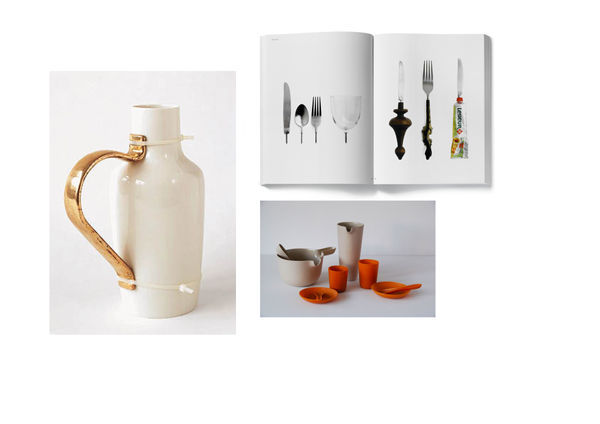 hella jongerius / kesselskramer / maaike seegers
hella jongerius / kesselskramer / maaike seegers
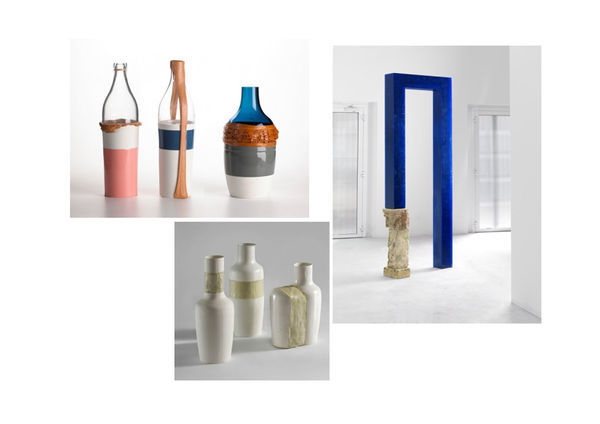 hella jongerius / hella jongerius / herbert hamak)
hella jongerius / hella jongerius / herbert hamak)
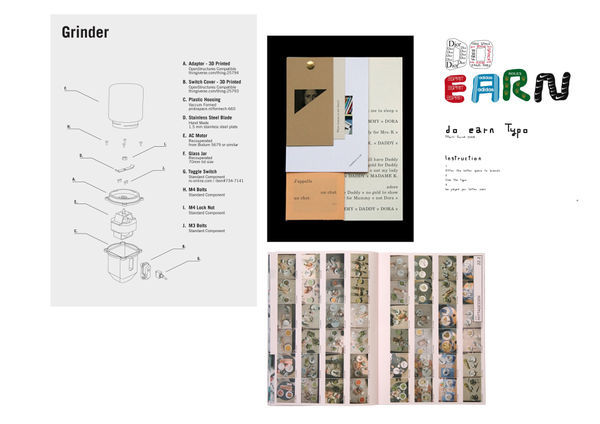 jesse howard / marti guixe / kesselskramer
jesse howard / marti guixe / kesselskramer
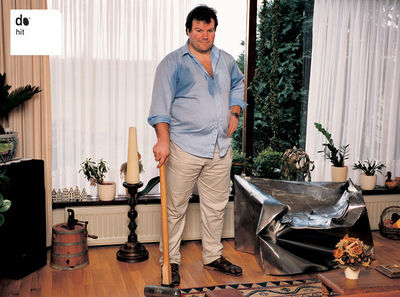 kessels/kramer do projects, where you have to do something with an object you buy
kessels/kramer do projects, where you have to do something with an object you buy
OUTPUT
what are the 5 most important things of your tool
- make people aware of value
- let people react by restrictions and rules / use rules as constraints
- the proces is the product / tool
- input should come from our external and complex environment: nature, society and its human interactions
- how does different components come together
PROCESS
